Three months under cloud cover became depressing – we just had to go somewhere to find some sun to shine on our faces, or even hearts maybe. To lift our mood. We took a short trip to Lisbon, then travelled west by local train going round the coastline taking us to Cascais, a popular destination for those seeking sun and sand, but also an attractive old town in its own right.
I took a walk early one morning and was startled by the brightness of the light and the contrasts with the shadows. It reminded me of Mediterranean light in Greece and southern Spain. Such joy to see blue sky and brilliant light! Photographing into the sun (“contre-jour”) is not something I normally do so was an experiment for me. I cannot pretend to be experienced at this. At least the brightness of the scene would enable me to use a narrow aperture on my Yashica Mat 124G together with a fast shutter speed, together eliminating blur from camera shake and the shallow depth of field I had been used to in Brussels and London. Film stock was HP5 not by choice but just what I happened to have left. Film was stand developed in Rodinal at 100:1 and scanned on an Epson GT-X900.
Exposure was a three way argument between me, sunny 16 and my Sekonic Flashmate meter. I wanted to expose so that the highlights were not burnt out, but which highlights were the important ones? Which shadow areas mattered? Tiny dots of over-exposure are not important but the larger areas are. My spot meter might have helped, or possibly added to the confusion, I’m not sure which. So of course I bracketed exposures but it was surprising to what extent virtually identical images could be produced by manipulating in post. I tried some shots with the sun in the scene – they were less than unimpressive so have been hidden away. I think rather than bracketing, one shot exposing for the highlights to be two stops brighter than mid-grey, and more images taking slightly different views is a better plan.
The featured image is some sort of Christmas decoration near the coastline which largely hid a direct view of the sun. I timed the exposure to get a person partially blocking the brightest element in the scene which in any event would be burnt out because I wanted to show some of the shadow areas.
A little further along the front I used palm trees to hide the sun. Note that this sort of shot would be a little more difficult with a rangefinder rather than an SLR (or TLR) camera because of the offset between viewfinder and lens.
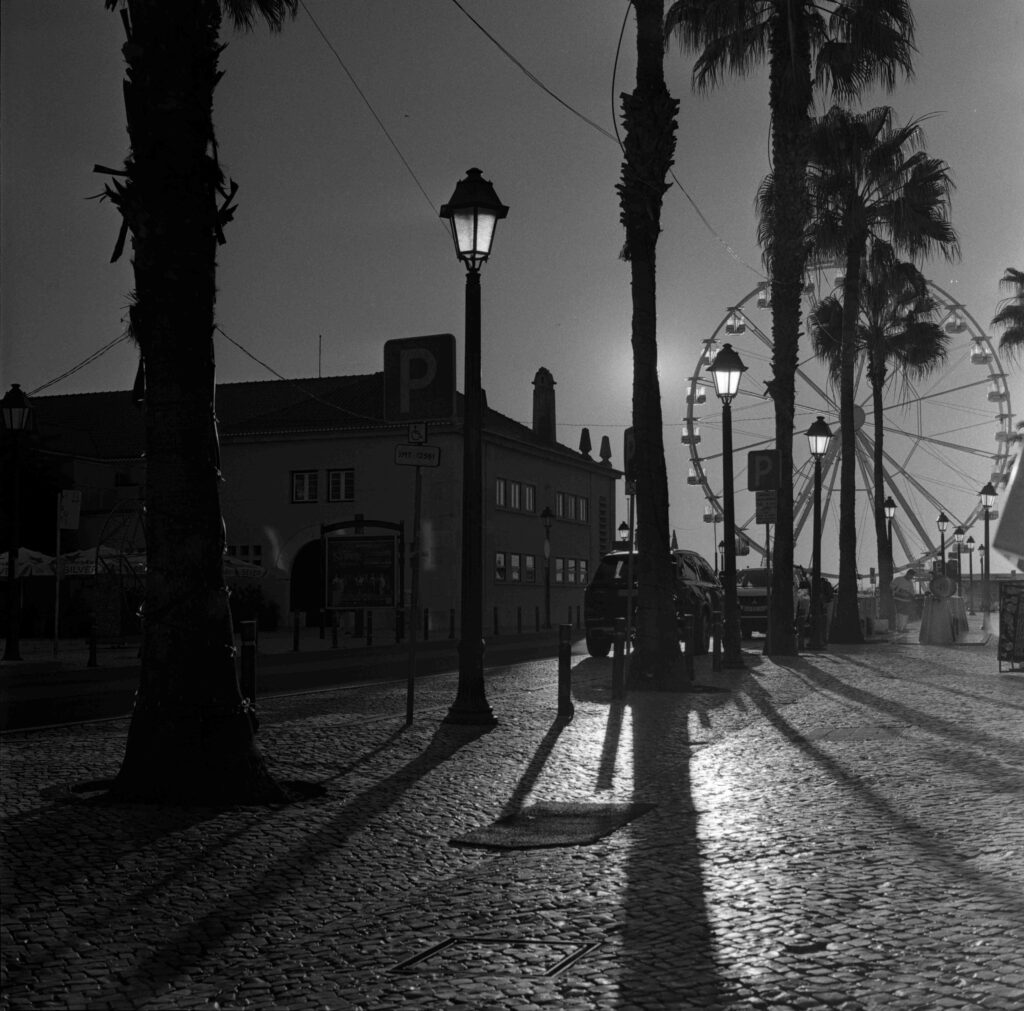
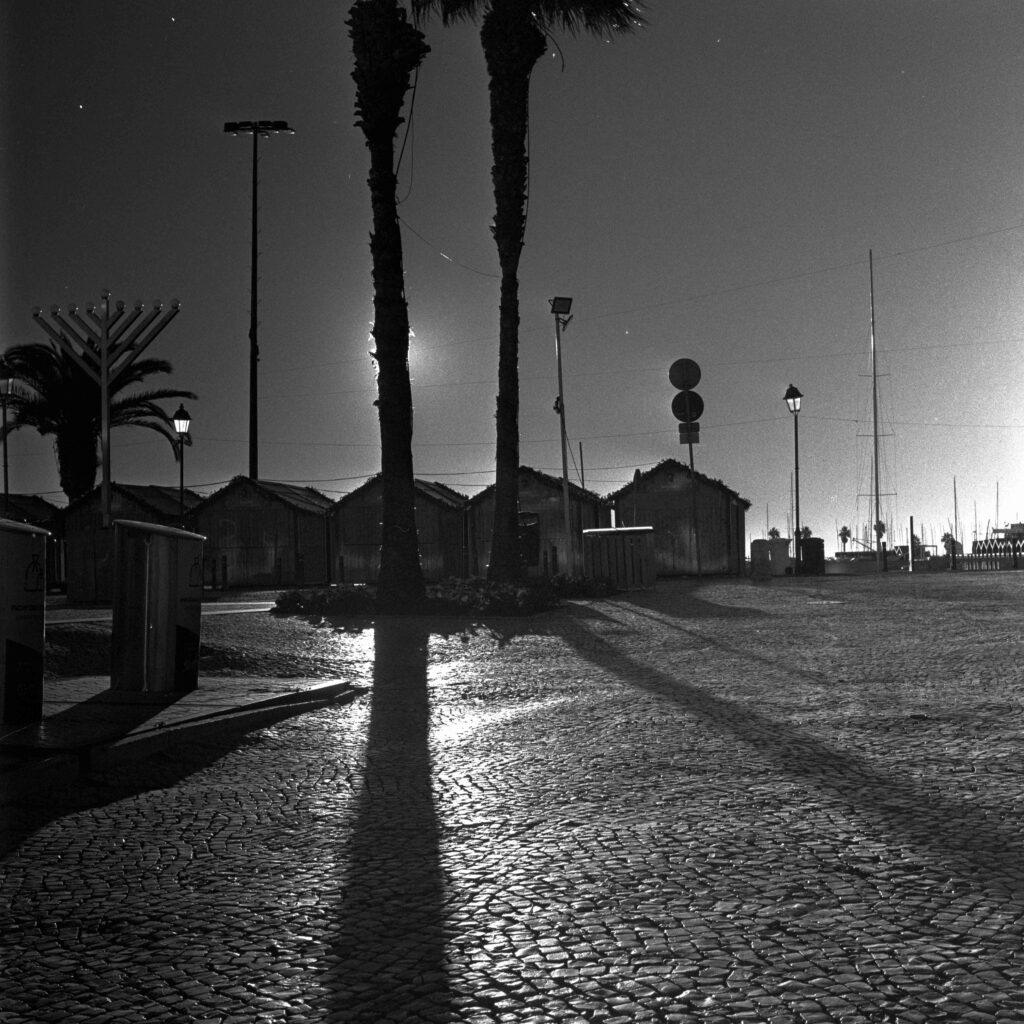
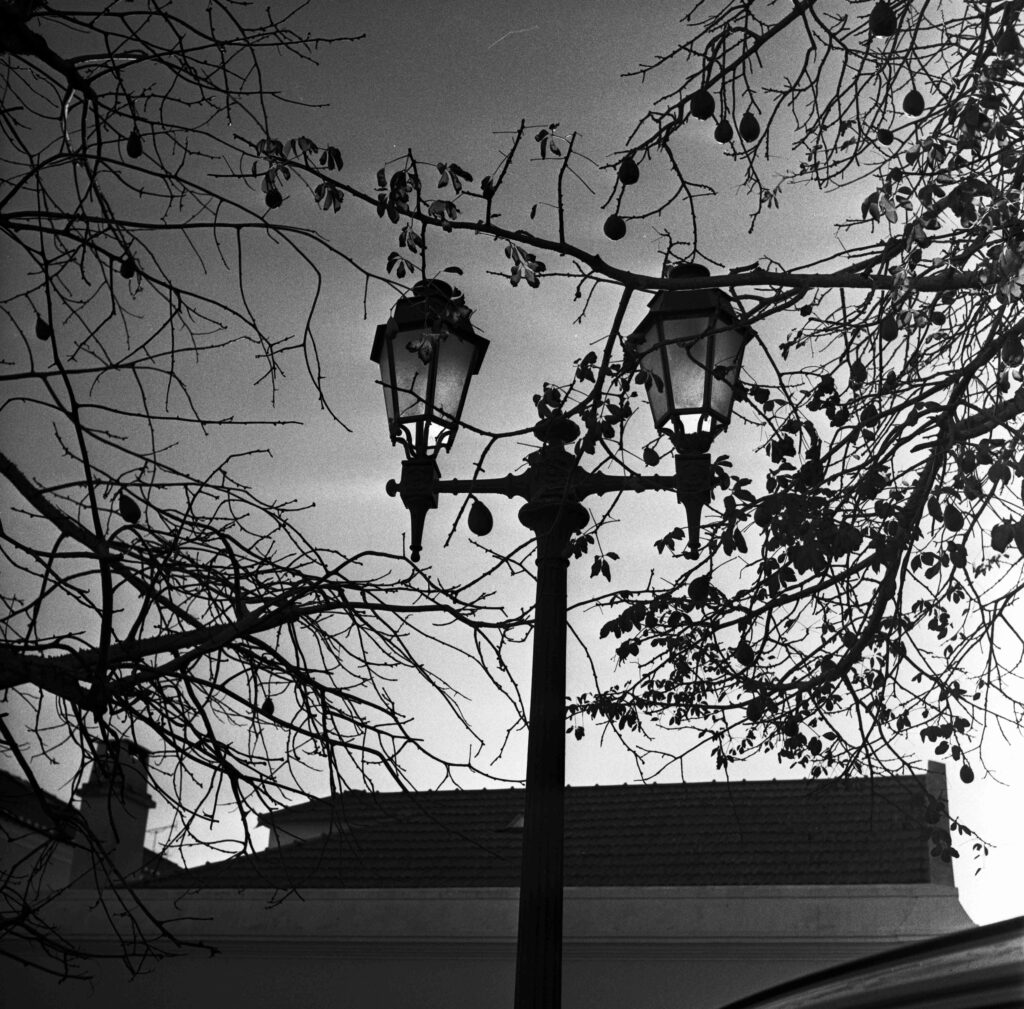
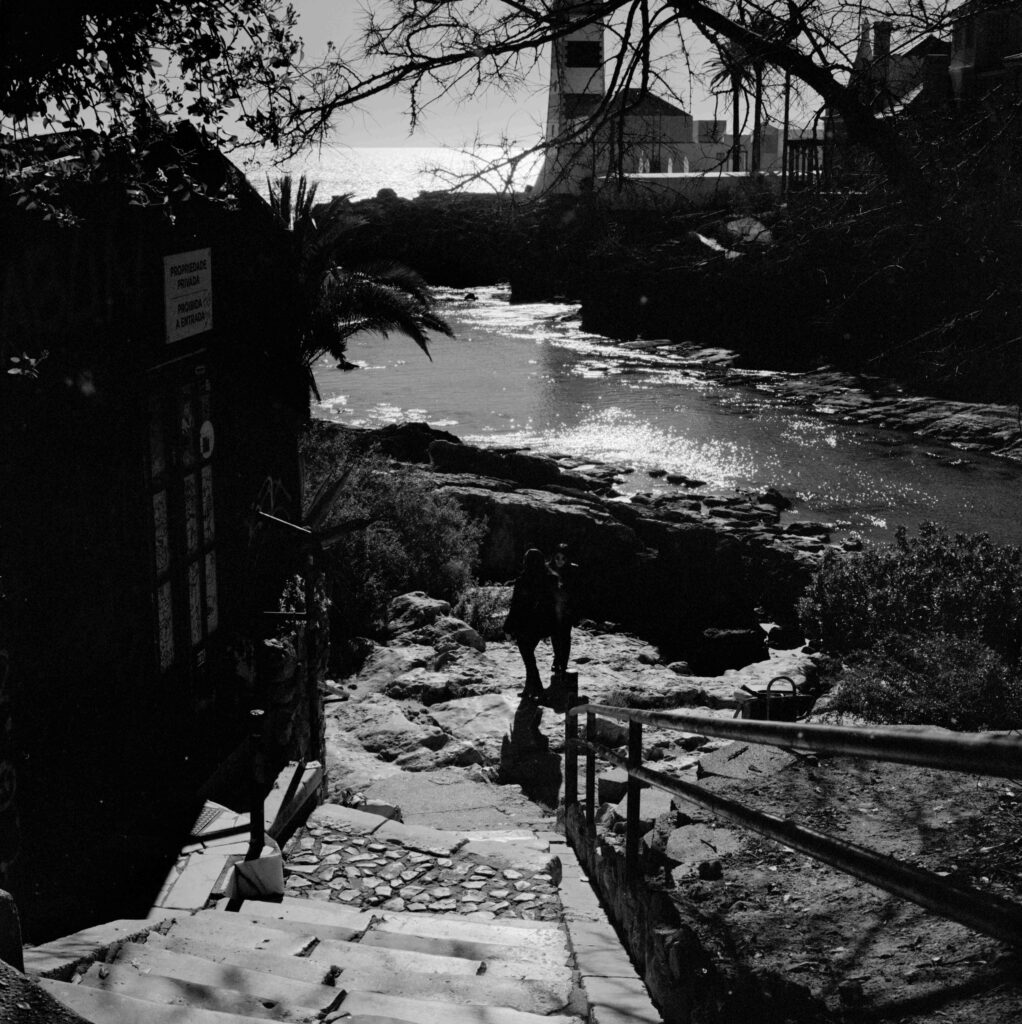
Share this post:
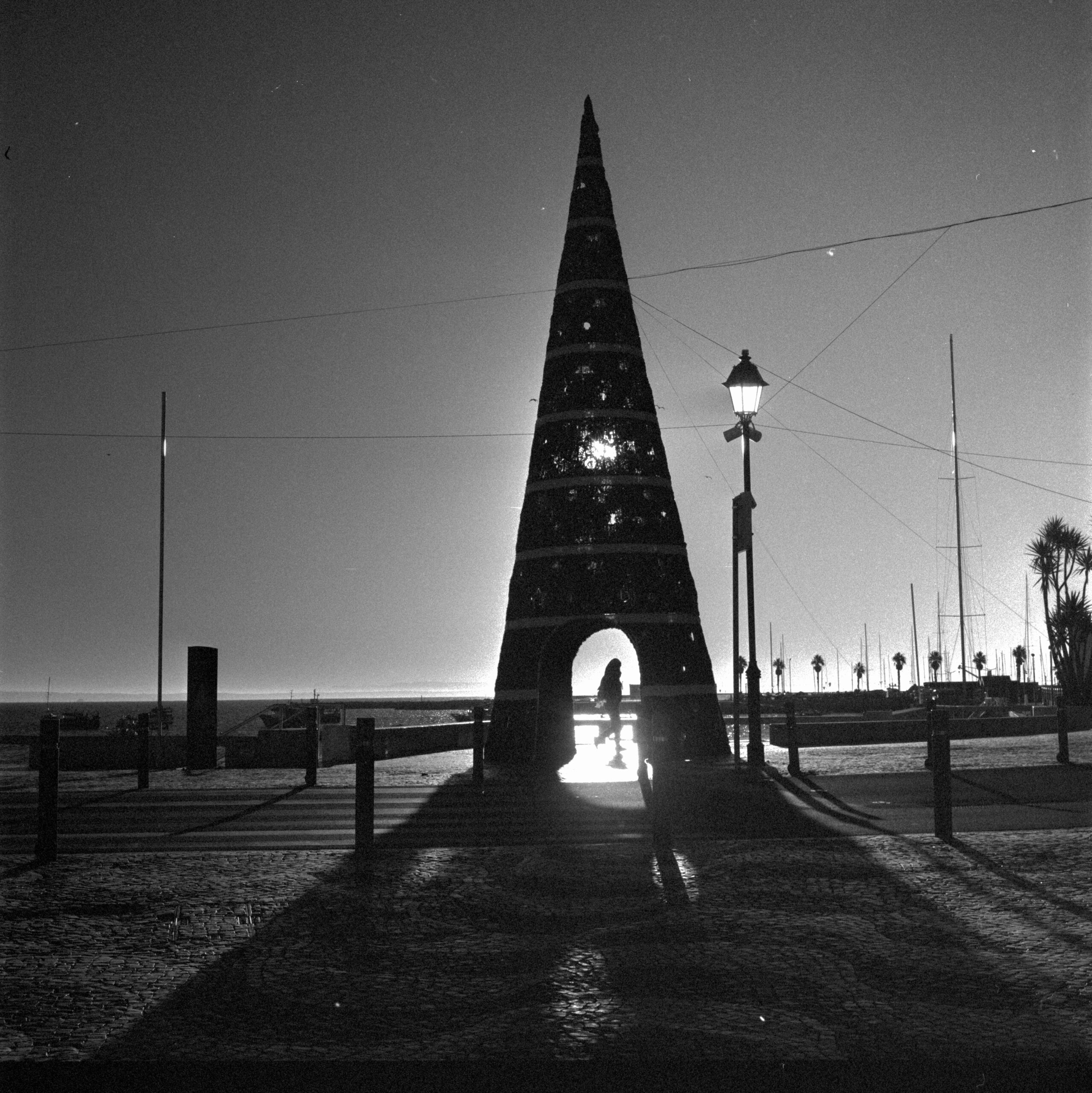
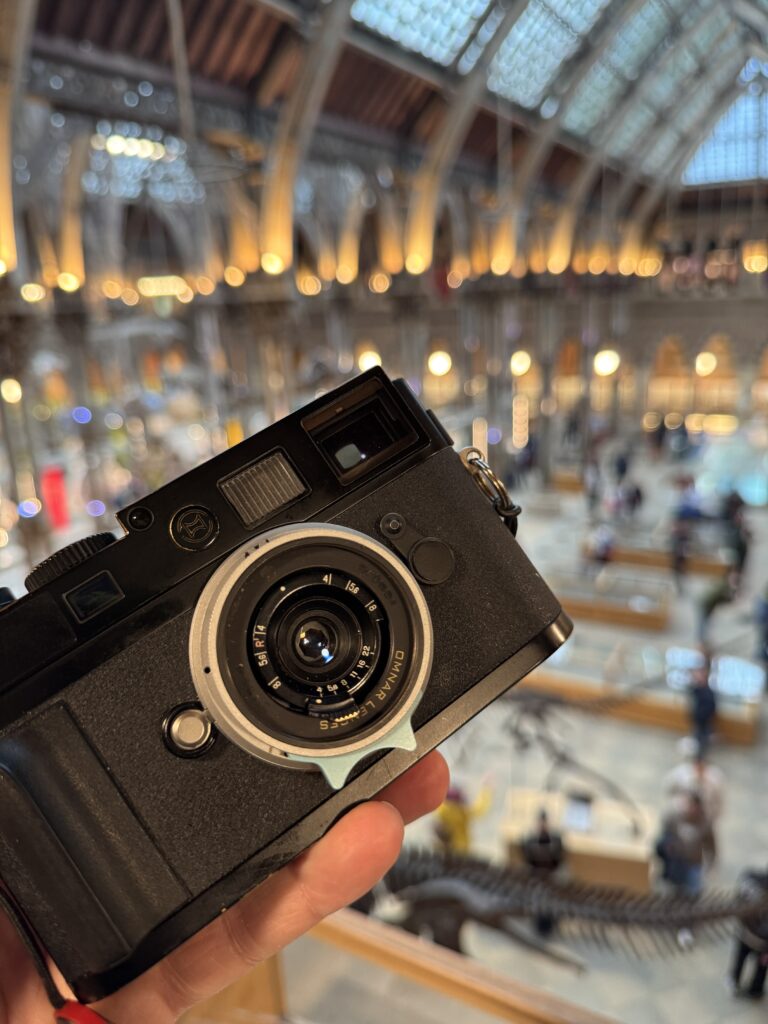
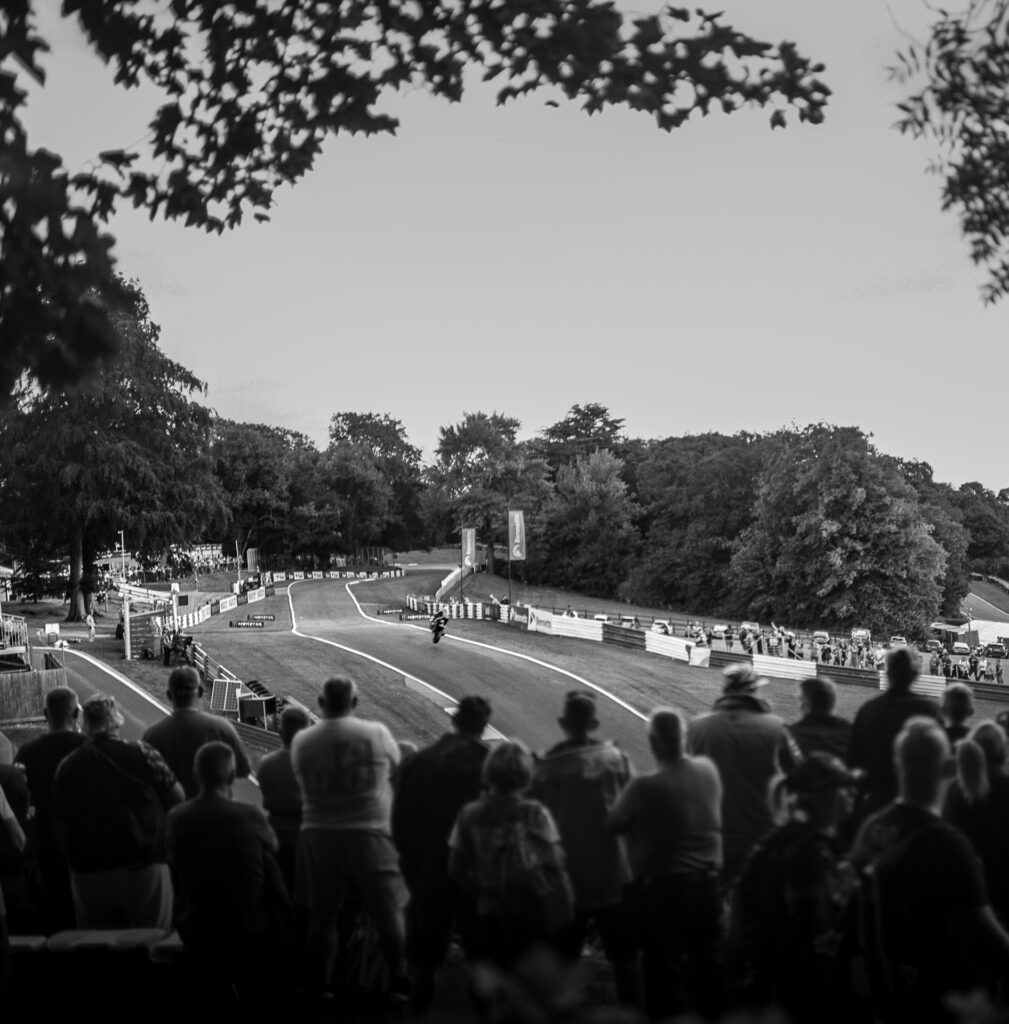
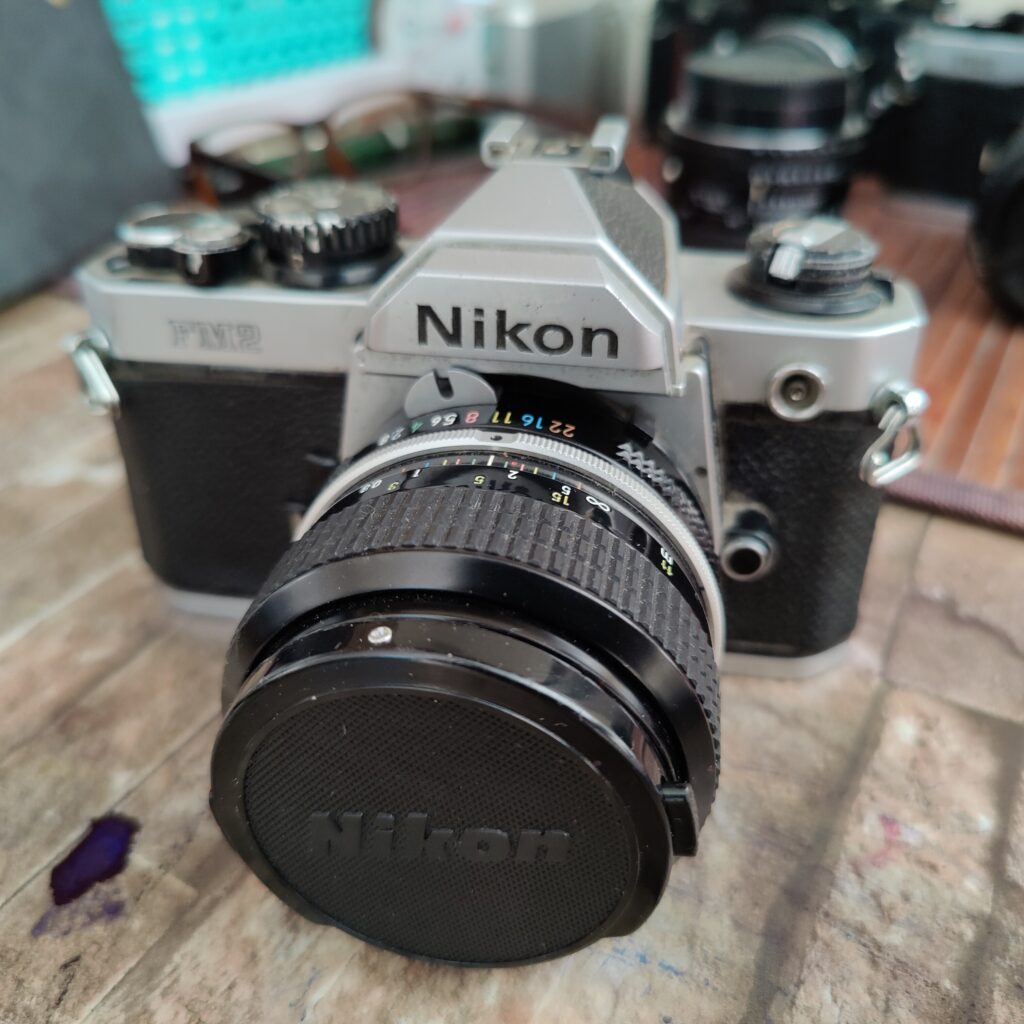
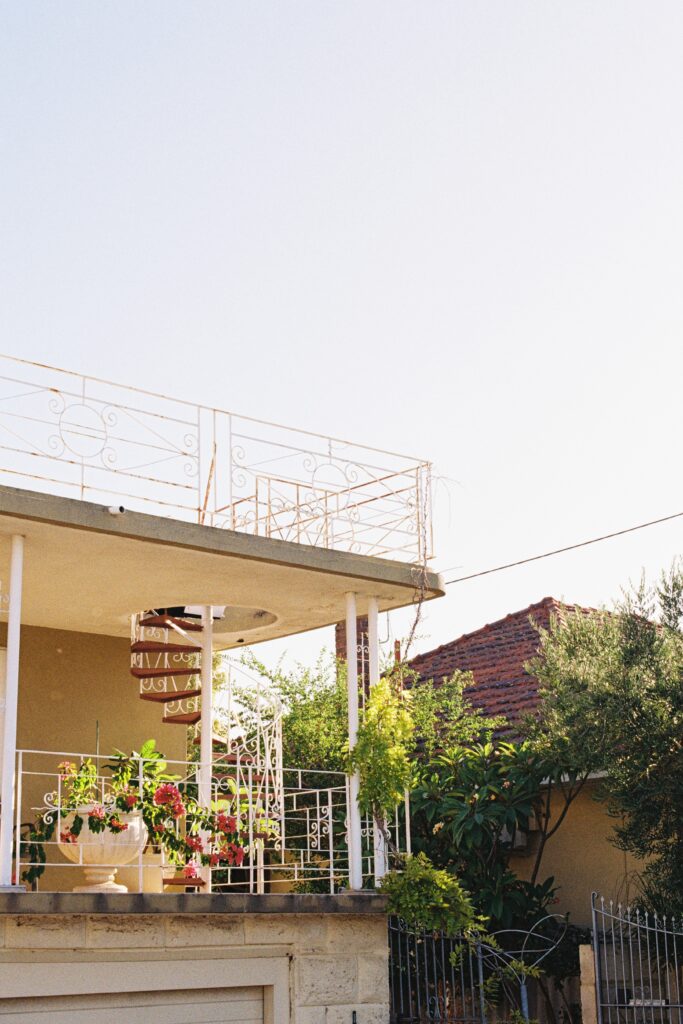




Comments
jason gold on Shooting Contre-Jour
Comment posted: 06/04/2024
Comment posted: 06/04/2024
Ralph Turner on Shooting Contre-Jour
Comment posted: 06/04/2024
Comment posted: 06/04/2024
Jukka Reimola on Shooting Contre-Jour
Comment posted: 06/04/2024
Comment posted: 06/04/2024
Bill Brown on Shooting Contre-Jour
Comment posted: 06/04/2024
Comment posted: 06/04/2024
Gary Smith on Shooting Contre-Jour
Comment posted: 06/04/2024
Thanks for sharing this - it seems that you have this metering business figured out... :-)
Comment posted: 06/04/2024
Ibraar Hussain on Shooting Contre-Jour
Comment posted: 07/04/2024
Reminded me of a Martin Henson video about this I saw not long ago.
I think one of the most difficult photographic techniques and one which I always try
Comment posted: 07/04/2024
Comment posted: 07/04/2024
Comment posted: 07/04/2024
Comment posted: 07/04/2024
Alexander Seidler on Shooting Contre-Jour
Comment posted: 08/04/2024
Comment posted: 08/04/2024
Julian Tanase on Shooting Contre-Jour
Comment posted: 09/04/2024
For me the last one did it, I like the mystery feeling those two silhouettes render to the image. Great stuff!
Comment posted: 09/04/2024
Comment posted: 09/04/2024
Comment posted: 09/04/2024
Comment posted: 09/04/2024